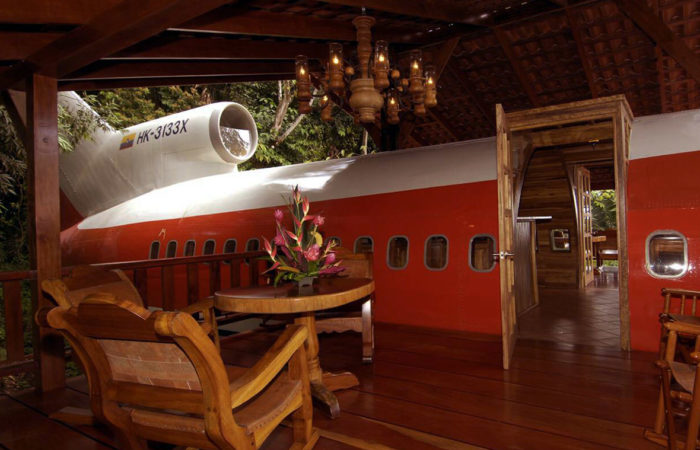
Soft Infrastructures: St Kilda Reimagined is a speculative architectural project that reimagines how public spaces could form new ways of connecting. Credit: Matthew Bird
Imagine if public spaces were created not simply as structures, but as places that encourage closeness and community in an age of social disconnection.
A new exhibition by Monash University researchers investigates how overlooked urban sites can be transformed to nurture civic connection and collective wellbeing.
Soft Infrastructures: St Kilda Reimagined will be showcased at Linden New Art, in St Kilda, until 30 November 2025.
At the heart of the exhibition is a speculative reimagining of the original Palais de Danse, St Kilda's early twentieth-century dance hall, which returns as a new landmark for public gathering.
The design features a sculptural loveseat that invites two people into gentle proximity while maintaining a shared yet private space.
Exhibition lead Associate Professor Matthew Bird, from Monash Art, Design and Architecture (MADA) said most public benches make people sit in rows or face forward, and are designed for rest, not relationship.
"The tête-à-tête loveseat rethinks this by looping two seats into a gentle curve, bringing people close enough to connect but still with their own space," Associate Professor Bird said.
"It's a small gesture toward civic intimacy, showing how design can shape how we meet, talk, and simply be together."
Surrounding the revived Palais, the design also includes a large-scale floating canopy that releases light and mist to create an inviting atmosphere for people and other living beings.
The existing St Kilda Triangle carpark has also been reimagined with a constellation of 'love bubbles' and other open zones for rest, reflection and play. These features transform the underused urban site into a landscape of intimacy, encounter and shared experience.
The project is led by artist and architect Associate Professor Bird, alongside Dr Suzanne Barker from MADA, and Associate Professor Brady Robards from Monash Faculty of Arts, School of Social Sciences.
Working in dialogue with the City of Port Phillip, the research team will begin exploring opportunities to test these ideas on a smaller vacant site in 2026, extending the St Kilda project's speculative findings into practice.
Associate Professor Bird said many overlooked and underutilised spaces across Victoria, from small urban pockets to larger sites such as the St Kilda Triangle, could benefit from new forms of civic infrastructure designed to bring communities together.
"Through this exhibition we wanted to reimagine how civic spaces might nurture empathy and participation by being more responsive to touch, conversation, and shared atmosphere," Associate Professor Bird said.
"It is a way of testing new immersive environments that fuse responsive digital systems with tactile and playful architectures, spaces that listen, glow, and breathe with those who inhabit them."
Associate Professor Robards said, "Despite carrying around technologies of communication and connection in our pockets, many people today experience social isolation and disconnection from those around them".
"As both young and old report loneliness and feeling unwelcome in public spaces, this exhibition is a radical intervention to imagine a better way of designing spaces to reconnect communities."
The exhibition features photography by Peter Bennetts, architectural visualisations by John Wong, and an edited film and soundscape by artist James Wright.






